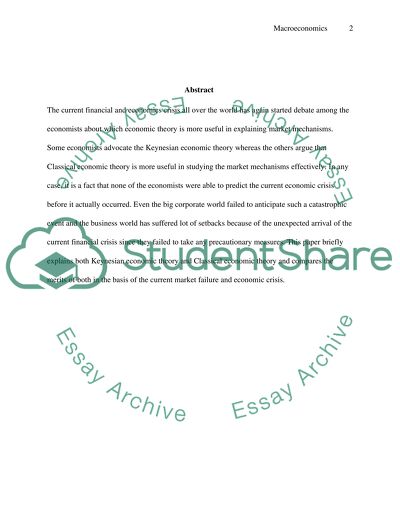Cite this document
(Theory And Policy For Macroeconomics Essay Example | Topics and Well Written Essays - 1750 words, n.d.)
Theory And Policy For Macroeconomics Essay Example | Topics and Well Written Essays - 1750 words. https://studentshare.org/macro-microeconomics/1564420-macroeconomics-theory-policy
Theory And Policy For Macroeconomics Essay Example | Topics and Well Written Essays - 1750 words. https://studentshare.org/macro-microeconomics/1564420-macroeconomics-theory-policy
(Theory And Policy For Macroeconomics Essay Example | Topics and Well Written Essays - 1750 Words)
Theory And Policy For Macroeconomics Essay Example | Topics and Well Written Essays - 1750 Words. https://studentshare.org/macro-microeconomics/1564420-macroeconomics-theory-policy.
Theory And Policy For Macroeconomics Essay Example | Topics and Well Written Essays - 1750 Words. https://studentshare.org/macro-microeconomics/1564420-macroeconomics-theory-policy.
“Theory And Policy For Macroeconomics Essay Example | Topics and Well Written Essays - 1750 Words”. https://studentshare.org/macro-microeconomics/1564420-macroeconomics-theory-policy.


